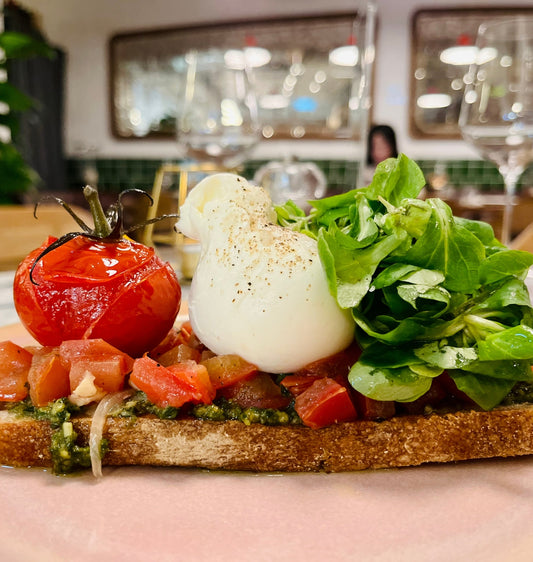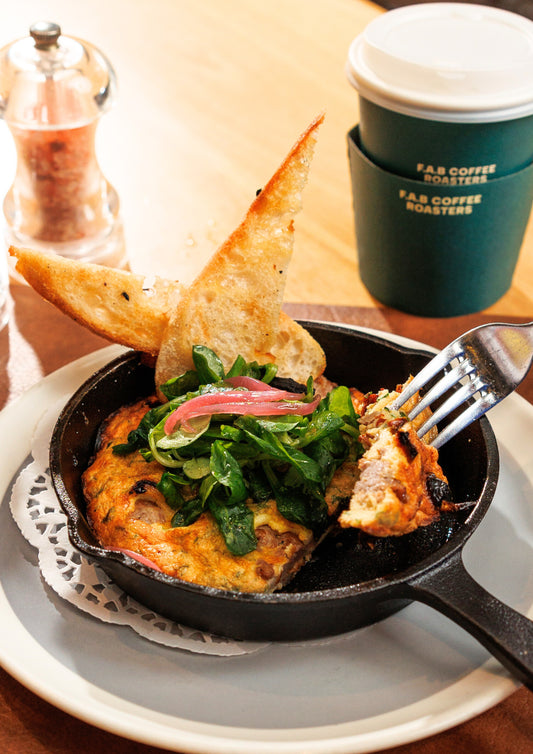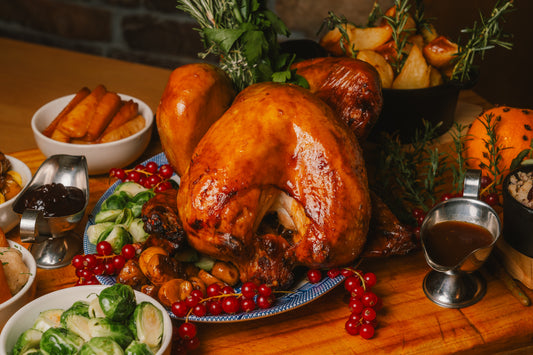
Cooking José Gordón Dry-Aged Steak
José Gordón's phenomenal beef has lived its long life in the Northeast of Spain. It has been expertly dry-aged in the caves at El Capricho. It has flown to Hong Kong and landed with us at Feather & Bone. It's been trimmed and cut into a beautiful steak that has made its way into your fridge. Now what? Let us walk you through the cooking. The best steak you've ever eaten is only moments away.
- Remove the steak from the fridge and allow it to come to room temperature. This will take around 30 minutes.
- Take it out of the paper and pat thoroughly dry with a clean kitchen towel.
- Season liberally with salt and pepper. (Lots of this will fall off during cooking, so don't be shy!)
- Heat a heavy pan over medium heat for about 5 minutes.
- Add 2-3 tablespoons of olive oil to the pan (or enough to just cover the bottom of the pan).
- Follow immediately with the steak. Move the steak around a little as the bottom crust develops to prevent it from getting stuck. Lift it up to let the oil run underneath.
- Sear the steak on one side until you see blood beading on the top, then turn it over. Use tongs rather than a fork - you don't want to pierce the steak.
- Add a generous nob of butter to the pan, and as it melts, add 2 or 3 cloves of crushed garlic and a few sprigs of thyme.
- Tilt the pan a little (keeping it on the flame) and spoon the butter over the steak.
- Insert your meat thermometer into the centre of the steak.
- When you have reached your desired doneness, (49° for rare, 52° for medium-rare, 55° for medium) remove your steak from the pan.
- Put it on a plate in a warm spot to let it rest. (A board won't do as you'll lose any juices that run out) Pour over the butter, garlic and thyme from the pan and leave it for ten minutes.
- Slice the steak and serve with any juices poured over the top.
Notes from Chef Mick
- Fat equals flavour! Every part of José Gordón's beef is precious. It would be a crime to waste the fat. Leave it on your steak as it cooks and serve it to eat. When warm, it tastes like caramel and is an elegant condiment for your steak.
- Don't skimp on the resting time. Your steak needs to rest before and after you cook it. Bringing it straight from the fridge to the pan shocks the meat and makes for uneven cooking. Slicing straight from the pan sees all the juices escape. REST REST REST!
- Season just before cooking. Given time, salt draws out moisture. And seeing as dry-ageing has already removed lots of moisture from the steak (as much as 25-30%) you can't afford to let the salt take any more of it!
- Dry-aged steak is firmer than wet-aged, so trust your thermometer - the cooked steak will feel firmer than you expect.



